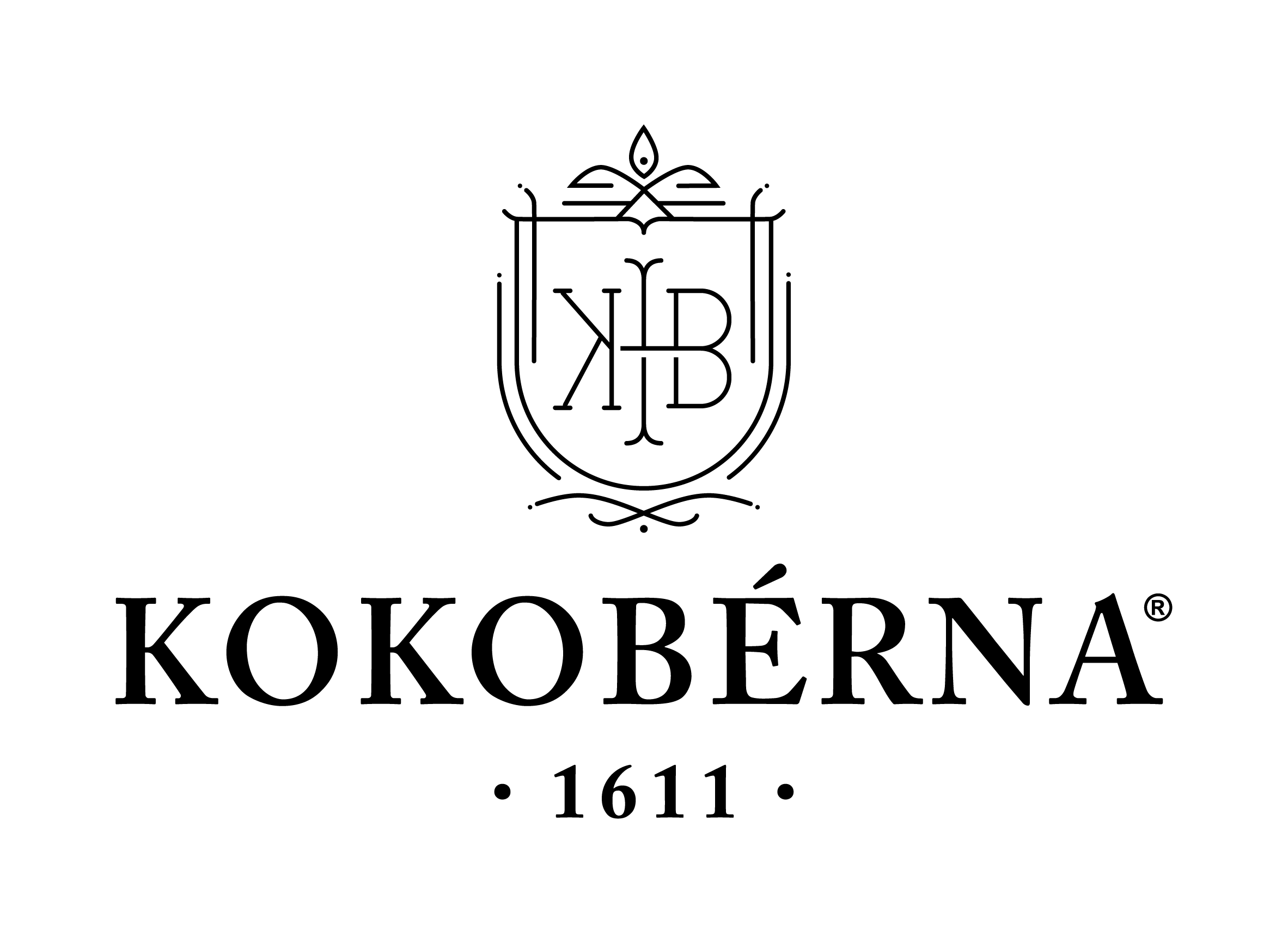
Basic Function Of The Immune System

At KOKOBÉRNA, it is our mission to support you in living your healthiest life. So to ensure your immune system is in tip-top shape (and to help put your mind at ease), we gathered some wisdom from our network of expert doctors and healers we hold in high regard—including Dr. Mark Hyman, Ben Greenfield, and Dr. Aviva Romm—to assemble the best immune-boosting advice culminating in a two-part series starting with a basic road map of the immune system and then segueing into proven strategies that help build an supercharged immune system.
Remember that stress compromises the immune system so don’t forget to breathe and find gratitude for all that is indeed good. Here’s to staying healthy, happy, and in the circle of peace, love, and light.
Basic Function of the Immune System
The immune system is not as simple as it seems.
The problem is, most of the strategies we typically know of simply don’t work and may wind up weakening the immune system even further.
Some of these myths include:
- Take oodles of vitamin C and zinc
- Get plenty of bed rest and don’t exercise
- Avoid exposure to cold temperatures
- Use antibiotics or a handy-dandy Z-Pak to fight off viruses
Here are a few facts:
- Some supplements can help but you need to take high enough doses in a specific form that the body can easily absorb at the immediate onset of sickness.
- Staying stagnant will keep accumulated lymph fluid stagnant so even light exercise or allowing the body to sweat can actually facilitate the detox process and accelerate healing.
- Antibiotics are for bacteria not viruses and taking these whenever we feel sick, the good bacteria in the gut that supports the healthy environment our body needs to heal is completely wiped out. Second, excessive use of antibiotics teaches the immune system not to defend and protect itself (you'll learn why and how below).
The complex immune system
The complex immune system has six major components:
- The lymphatic (lymph) system – a network of organs, nodes, vessels, and tissues that transport lymph fluid throughout the body. Lymph fluid contains infection-fighting killer white blood cells, and the organs and nodes are where toxins, waste, and other unwanted debris are filtered.
- The respiratory system – includes the mouth, lungs, pharynx, larynx, and trachea. Healthy respiratory airways are covered in a mucus layer containing tiny hairlike cilia that traps pathogens and other particles before they can reach the lungs.
- The skin – the body’s largest organ that contains an estimated twenty billion T cells (a type of white blood cells) which control skin microbes and educate the immune system as a whole.
- Lymphocytes – small white blood cells that seek out and destroy pathogens and orchestrate an immune response. There are two types of lymphocytes: B cells (make antibodies that attack infected bacteria) and T cells (Killer T cells – kill cells that are infected or damaged; Helper T cells determine which immune responses that body has to overcome a particular pathogen).
- The spleen – stores white blood cells, platelets, filters blood, and recycles old red blood cells. It also helps to fight certain kinds of bacteria and viruses.
- The gut – harbors many different kinds of bacteria and other organisms that make up what’s called the gut microbiome. 60 percent of the immune system is found in the gut-associated lymphoid tissue (GALT), which is located just outside the intestinal lining. In addition, the intestines are lined with immune cells called mast cells, which coordinate the immune system’s and the nervous system’s (spinal cord and neural pathways that lead to the brain) responses to toxins and infectious agents.
Ready? Let's dig in…
The immune system can be further divided into two distinct but complementary systems: the cell-mediated (“innate”) immune system (“CM”) and the adaptive (“humoral”) immune system (“AH”). Innate cell-mediated immune system is your body’s first line of defense and protects the body from a range of pathogens. When this innate cell-mediated immune system is overwhelmed by invaders, the body’s adaptive immune system kicks into high gear. This is the part of the immune system that allows the body to encounter different bacteria and foreign invaders throughout our life and allows the body to become more resilient as a result. An artificial intelligence system for the body this adaptive immune system acts by learning to recognize specific features of a given pathogen – i.e. such as chicken pox – it then eliminates the pathogen, and creates a snapshot or archive of the pathogen so that next time the body encounters the pathogen, the likelihood of getting sick is reduced.
Consistently taking pills, antibiotics, vaccines, and Z-Packs throughout the course of one’s life, suppresses the body’s ability to go through the process of eliminating the pathogen and "archiving" it. When the complex immune system is suppressed from performing this primary function, the body becomes less resilient over time.
This adaptive immune system can also be broken down into its own complementary systems: adaptive humoral immunity and adaptive cell-mediated immune system. The inverse to the first complementary system, adaptive humoral immunity now becomes the primary line of defense producing antibodies in the blood in order to identify pathogens. On the other hand, adaptive cell-mediated immunity switches on and involves the activity of T cells to eliminate intracellular pathogens (invaders inside individual cells) that antibodies created can’t reach.
Both T cells and antibodies in the blood and other organs such as the respiratory and gastrointestinal tracts, protect the body by identifying and remembering certain features of each pathogen and recognizing the pathogen when the body encounters it in the future, so that the body can quickly adapt and develop a stronger overall immune system; a quasi double assurance strategy a well functioning body has.
The most important thing to take away so that you can support the body’s proper cell-mediated immunity is not to constantly deactivate your natural immune system response with pills, vaccinations, overuse of antibacterial products, and antibiotics but instead to steadily incorporate healthy long-term lifestyle choices that equip the body’s natural immune system to run its course against pathogens (defend, record, destroy) so the body is fully equipped to quickly defend, recover and repair itself even in the midst of a subsequent viral infection.
This “unconventional” strategy flies in the face of a global viral pandemic but when you take the time to understand the complex nature of the immune system, creating unstoppable immunity begins with taking care of each component of the immune system to include:
- Moving lymph fluid throughout the body
- Keeping the respiratory system ready against any pathogens
- Limiting pathogens from passing through the skin
- Keeping white blood cells elevated
- Strengthening the spleen, and
- Repairing and maintaining proper gut health.
In Part II of this series, we touch on various strategies that supercharge the body’s defenses every day while holistically strengthening the body’s complex immune system against antibiotic-resistant and pathogenic invaders.
In Good Health,
KOKOBÉRNA
Sources:
Buhner, Stephen Harrod. Herbal Antivirals: Natural Remedies for Emerging & Resistant Viral Infections (pp. 260-261). Storey Publishing, LLC.
Drexler M; Institute of Medicine (US). What You Need to Know About Infectious Disease. Washington (DC): National Academies Press (US); 2010. I, How Infection Works.
Greenfield, Ben. “Boundless.” Chapter 15. Owned Copy: Victory Belt Publishing, 2020. 346-348
Mani, Janice S et al. “Natural product-derived phytochemicals as potential agents against coronaviruses: A review.” Virus research vol. 284 (2020): 197989.
Matejuk, A. Skin Immunity. Arch. Immunol. Ther. Exp. 66, 45–54 (2018).
McLachlan, Craig Steven. “The angiotensin-converting enzyme 2 (ACE2) receptor in the prevention and treatment of COVID-19 are distinctly different paradigms.” Clinical hypertension vol. 26 14. 15 Jul. 2020.
Yoon MY, Yoon SS. Disruption of the Gut Ecosystem by Antibiotics. Yonsei Med J. 2018 Jan;59(1):4-12.
kokoberna, immune system function, how to boost your immune system, how does the immune system work, what organs make up the immune system, elderberry, immunity, letting kids play outside can help boost their immune system





Leave a comment
This site is protected by reCAPTCHA and the Google Privacy Policy and Terms of Service apply.